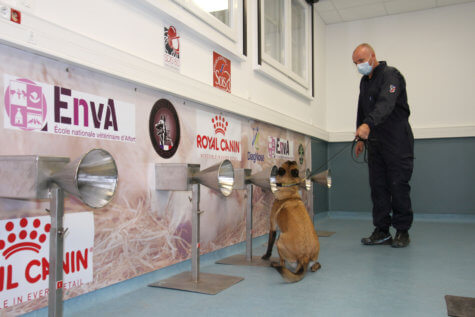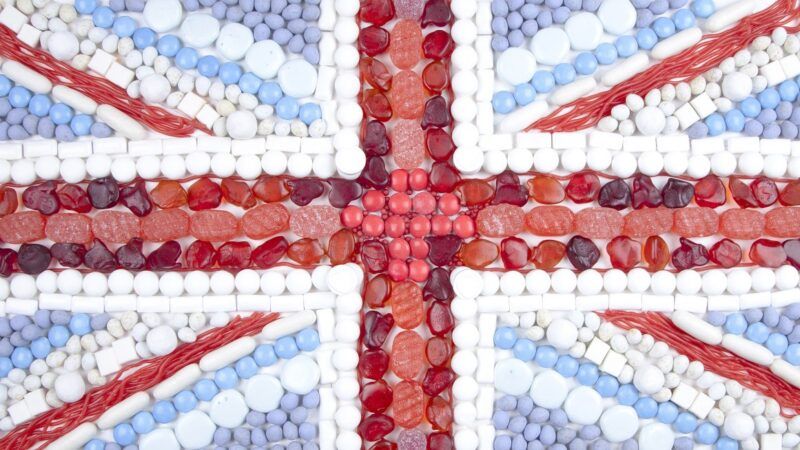This is an interesting article, especially relevant for older gentlemen.
6 Reasons Men Should Pee Sitting Down
K. Grossman Updated: Dec 12, 2020

The ability to pee while standing up is one that is distinctly masculine. But just because a man can pee standing up, does that mean he should? The ability to urinate while standing up is a definite plus on wilderness hikes and out in the backwoods. But is it something that should be used in the world of low toilet seats, expensive hardwood floors, and marble restrooms? Is it better for a man’s health to urinate while in the seated position? Here are six reasons why men should consider peeing sitting down.
6. It Prevents the Spread of Illness

While urine is sterile, those splashes and puddles that accumulate on the toilet seat and floor make for sticky areas where germs can collect. When your doctor collects your urine for a urine test, the pee is sent to a lab, placed in a petri dish, and kept at body temperature to see if any bacteria grows. Since no one wants to walk into a life-sized petri dish, sitting down will keep your pee in the toilet where it belongs.
5. It May Prevent Lower Urinary Tract Symptoms

The National Institutes of Health reports that sitting down while peeing can decrease lower urinary tract symptoms (LUTS) in men who are prone to frequent symptoms. Symptoms of LUTS are an increased frequency of urination, inability to completely empty the bladder, and an urgent need to urinate. Sitting down allows the bladder to more completely empty and prevents leftover urine from developing a bacterial infection.Related: 12 Signs You May Have a Kidney Infection
4. It Prevents Unsightly Puddles

One of the best reasons to pee sitting down is simply for the aesthetic effect. You don’t have to be a germaphobe or a neat freak to prefer using a restroom that is devoid of unsightly splashes and splatter. Bathrooms are used for more than just peeing. You might enjoy a soak in the tub, relaxing in a steamy shower, and trimming your beard at the sink. These activities aren’t so pleasant when surrounded by yellowing drips and drizzles. Peeing while sitting down ensures you don’t have to keep seeing your pee on subsequent trips to the bathroom.
3. It May Improve Prostate Health

As men age, the prostate gland can become enlarged. When this happens, added pressure on the bladder can lead to incomplete emptying of the bladder. Sitting down allows for more complete relaxation of the pelvic muscles and more complete emptying of the bladder. Peeing sitting down can help prevent some of the painful symptoms of an enlarged prostate such as bladder stones and urinary tract infections.Related: 8 Prostate Cancer Myths Debunked
2. It Protects Your Floors

The uric acid in pee can leave behind stains and odor in your tile, wooden, and ceramic floors. A landlord in Germany actually sued one of his tenants for urine damage to his marble floors. To keep your floors pristine and to avoid odors from urine damage, take a seat while emptying your bladder.
1. It Makes Your Spouse Happier

Leaving the cap off the toothpaste, hogging the blankets, and not replacing the toilet paper roll are all common disagreements among couples. Add leaving unsightly pee splatter near the toilet to that list. Sitting down to pee is one way to keep your spouse happy—especially if she is the one cleaning the bathroom. Sitting down to pee is one simple way to keep your bathroom cleaner and your wife happier. Maybe then she’ll be more willing to share the blankets.









